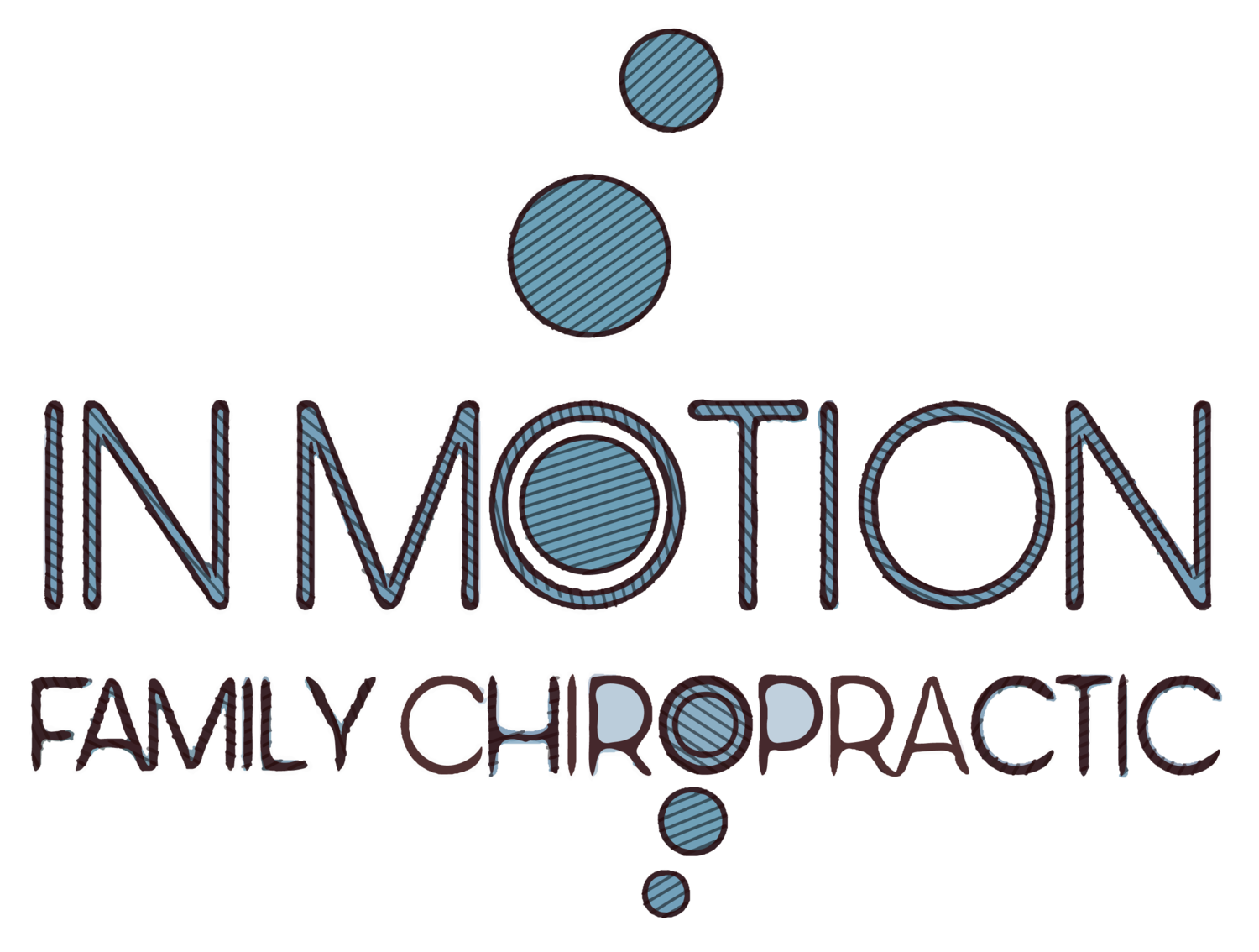
Muscle Treatment
In Motion Family Chiropractic is now offering massage therapy! Our experienced massage therapists are trained in the following techniques; Swedish, Deep Tissue, Pre-natal, Trigger Point, Neuromusculoskeletal, Cranial Sacral, Sports Massage, and Lymphatic Drainage. Each massage is tailored for the individual client based on their needs.
Massage Therapy and Chiropractic Care
Soft tissue and joint care
Whether you were in a car accident, are currently pregnant, or have an injury, treating both the soft tissue and joints is important for your healing. We find that massage therapy and chiropractic care pair work simultaneously together to get the best results. Since both of these are connected, by working on both, we can help our patients get better quicker!
Muscle Treatment
Massage Therapy
Massage Therapy is where a massage therapist uses their hands or other tools to press and rub on the skin, muscles, tendons and ligaments. Massages can range from a light to firm pressure.
Massage Therapy can help improve circulation, decrease pain, decrease joint stiffness and inflammation, improve stress levels and improve relaxation.
Swedish Massage: This is the most common type of massage. A Swedish Massage is meant to help relax both the body and the mind. It includes a full-body massage.
Deep Tissue/Trigger Point Massage: This massage utilizes increased pressure and intensity that are used to intensely work the muscles. This massage is utilized to work out trigger points and release tension.
Pre-natal Massage: Resembling a Swedish massage, with slight adjustments in body positioning for the safety and comfort of both the mother and the baby.
Cranial Sacral Massage: This massage technique utilizes the cranial bones, sacrum, and spinal column. This technique is believed to facilitate proper circulation of the cerebrospinal fluid within the body.
Sports Massage: This type of massage is often used by athletes to assist in their training. It is used to help the muscles recover after strenuous activities or injuries, too.
Lymphatic Tissue Massage: This massage involves gently massaging specific areas of the body to help lymph move to different areas.
Dry Needling
Dry needling is a technique that uses small needle insertion to help stimulate and promote healing within the muscle and connective tissue. The needle used is small and oftentimes it’s not felt when being inserted.
What Is A Trigger Point?
When our muscles become overactive they can develop trigger points, which leads to pain and dysfunction. The muscle fibers become taut and tender, oftentimes forming a nodule. These little knots can cause local or referred pain (pain felt elsewhere in the body) and prevent the muscle from working in unison (leading to further problems). Studies also show that there is an increase in sensitizing substances within these nodules, meaning there is a greater capacity to experience pain.
How Does It Work?
When the needle enters the trigger point area, it causes a twitch response, effectively relaxing the previously tight muscle fibers. There is also a local inflammatory response that increases blood flow and helps remove pain-increasing chemicals and other debris.
Dry Needling Can Help:
Reduce trigger points
Decrease inflammation and sensitizing substances
Decrease pain
Improve muscle function
Reduce tension
Myofascial Release
Myofascial Release is a soft tissue treatment that utilizes the normal motion of the muscle to relieve tissue tension. It does this by removing the adhesions in the muscle that develop with extra stress. During the treatment, the clinician will use their hands to apply a tension to the muscle while the patient is instructed to move the affected area. This movement causes the muscle to go from a shortening to a lengthening position.
Myofascial release is used to restore motion of the muscle; decrease pain; release entrapped nerves, vasculature and lymphatics; and re-establish the texture and function of the soft tissue.
